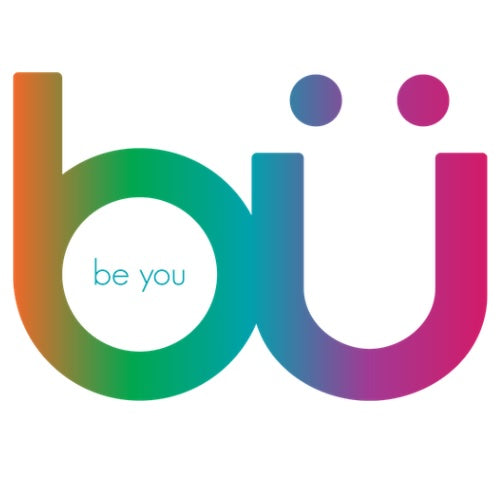The Dangers of Tanning Beds

Why You Should Rethink That Tanning Salon Visit: The Dangers of Indoor Tanning
The next time you feel the urge to head to the tanning salon, it’s worth reconsidering. Research shows that the primary type of ultraviolet rays (UVA1) used in tanning beds can penetrate deeper into the skin, reaching layers that are more vulnerable to cancer-causing changes. The cumulative damage from tanning can lead to signs of premature aging—such as lax skin, brown spots, and wrinkles—and increase the risk of melanoma, a dangerous form of skin cancer.
The Reality of Tanning: It’s All Skin Damage
It’s important for everyone, especially young people, to understand that a tan—whether from the beach, a tanning bed, or incidental sun exposure—is a sign of skin cell damage. That glowing brown color results from the skin's response to UV exposure, indicating harm rather than health.
UVA1 vs. UVB: Understanding the Differences in Skin Damage
A study involving 12 participants exposed to both UVA1 rays (used in tanning beds) and UVB rays found that UVA1 rays caused more damage to the deeper basal skin layer than UVB rays, leading to a higher number of lesions known as thymine dimers. These lesions are associated with DNA damage and can contribute to the development of skin cancer.
- UVA1 rays penetrate deeper into the skin, increasing the risk of basal cell damage and potentially leading to melanoma.
- UVB rays, while causing more surface-level damage, are less likely to penetrate as deeply as UVA1 rays, making them somewhat less likely to initiate cancerous changes in the basal skin layer.
Tanning Beds: Like Smoking for Your Skin
Indoor tanning has often been compared to smoking—not only because it increases the risk of skin cancer, but also because it accelerates premature skin aging. Using tanning beds regularly can result in fine lines, wrinkles, and hyperpigmentation earlier in life, similar to the effects of smoking on the skin.
The Truth About Tanning Beds and Vitamin D
You may have seen ads suggesting that tanning beds can help boost the body's vitamin D production. While it’s true that vitamin D is important for health, you don’t need to visit a tanning salon to get it. In fact, the risks far outweigh the benefits.
- A few moments of natural sunlight several times a week are enough to get the vitamin D your body needs.
- There are also safe sources of vitamin D that do not involve UV exposure, such as oily fish, fortified foods, and supplements. Learn more about these sources here.
Remember, you can still burn using tanning beds, and both UVA1 and UVB rays are harmful to your skin.
Why Teens and Young Adults Are Especially at Risk
Teenagers often feel invincible, but the truth is that melanoma can affect anyone, even young people. Skin cancer can grow and spread without causing noticeable symptoms, often appearing on areas of skin that are easily overlooked. It’s crucial for young individuals to understand that the dangers of tanning aren't just for older adults—skin cancer can develop at any age.
- Young women are particularly at risk, as they use tanning beds more frequently than men.
- Educating young people about the dangers of tanning beds and UV exposure is vital for skin cancer prevention.
The Risks of Outdoor Sun Exposure vs. Tanning Beds
Industry representatives may argue that UVA1 rays come from the sun as well, and that outdoor exposure and indoor tanning present similar risks. While it's true that both forms of UV radiation are harmful, tanning beds deliver a concentrated dose of UVA1 rays, which can penetrate deeper and cause more substantial damage.
- Sun exposure comes with both UVA and UVB radiation, but outdoor activities allow for more natural breaks in exposure, unlike the continuous exposure in a tanning bed.
- Sun protection products like sunscreens and UV-blocking clothing are essential when spending time outdoors, whether at the beach or skiing.
Explore BU’s sun protection products for safer outdoor activities here (https://www.busunscreen.com)
Protect Your Skin: Avoid Tanning Beds and Practice Safe Sun Habits
Tanning beds significantly increase your risk of skin cancer and premature aging. Here are some tips for safer sun habits:
- Skip the Tanning Salon: Use self-tanning products if you want a bronzed look without the risks.
- Wear Broad-Spectrum Sunscreen: Protect your skin from both UVA and UVB rays with a broad-spectrum sunscreen of at least SPF 30.
- Opt for UV-Protective Clothing: Cover up with UV-blocking shirts, hats, and sunglasses.
- Get Your Vitamin D Safely: Rely on safe sunlight exposure, food sources, or supplements for your daily dose of vitamin D.
The Bottom Line: The Risks Are Not Worth the Tan
While the appeal of a tan may be strong, the risks associated with tanning beds and excessive sun exposure are far too high. Protect your skin by avoiding tanning beds, using sunscreen, and adopting healthy sun habits. Remember, melanoma doesn’t discriminate by age, and it’s better to be safe than sorry when it comes to your skin.
Call to Action (CTA)
Protect your skin with BU Sunscreen’s range of broad-spectrum products, designed to keep you safe while enjoying the outdoors. Visit BU Sunscreen for more information.
Learn more about skin cancer prevention from the Skin Cancer Foundation.











